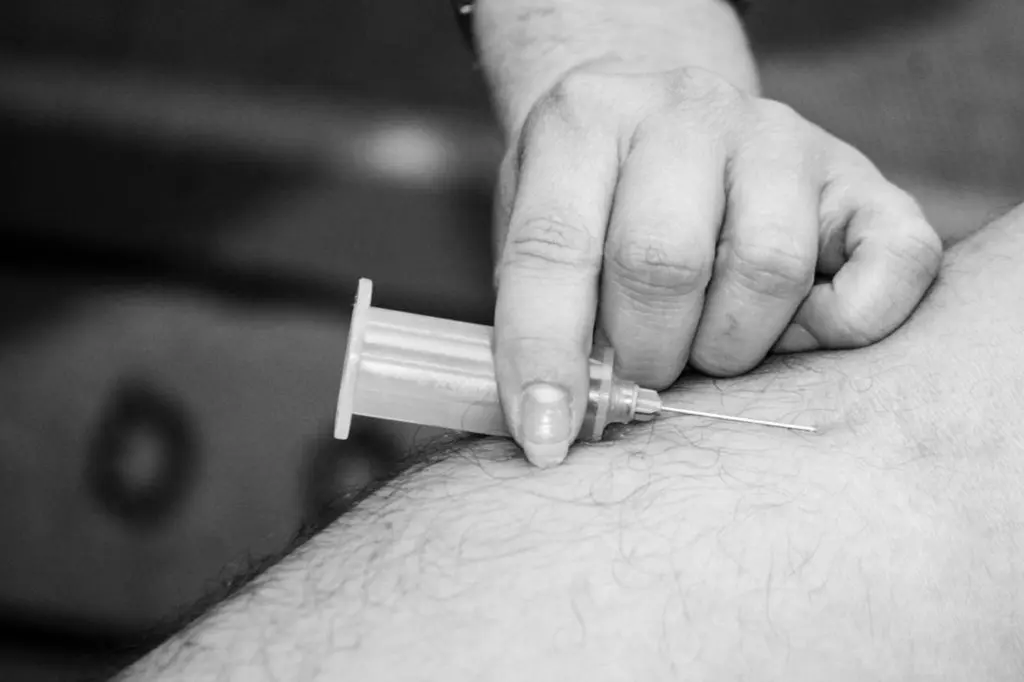What is Phlebotomy?
Phlebotomy is the process of using a needle to collect blood from a patient’s vein. These blood samples are hugely helpful, and can provide a lot of insight into a patient’s condition. Nurses use blood samples for many different reasons, such as to diagnose an illness, monitor platelet levels, or lower dangerous iron levels that might be harmful for a patient’s health. Here are three phlebotomy tips for nurses to make taking blood samples quick and stress-free for their patients.
1. Locating Veins Through Touch
While veins can be quite visible through a patient’s skin, that visibility can sometimes be deceiving. Nurses learn while studying in their nursing program that generally the best way to locate a vein is through touch.
Students take the time to practice regularly during their training, so that they can easily pick up on the plumpness of a vein as it sticks out from the skin. That expertise helps them locate veins quickly and effectively, and increases the chance of getting the perfect vein on the first try.
2. Putting Nervous Patients at Ease
While Taking Blood
Taking blood samples is an important part of a patient’s health care, it can also be a stressful procedure for patients that are nervous about needles, or who are worried about discomfort associated with phlebotomy. For these patients, the calm and professional manner of a nurse with practical nursing training can make all the difference.
One trick nurses use to calm nerves is they ask their patient to count to three and then take a deep breath. The nurse will then take the blood sample during the breath. This trick offers several benefits: it gives patients something to focus on, reduces nerves, and can help the patient keep steady during the procedure.
3. Helping Patients With Needle Phobia
Many people experience some degree of nervousness when it comes to needles. But, for a small percentage of the population, that fear has developed into a full-blown phobia. For them, phlebotomy can be a very stressful experience, which is why they value the care of a practical nurse.
Nurses communicate with these patients to understand the severity of their fear and to put those patients at ease. If the patient has passed out before during a similar treatment in the past, then the nurse might consider lying the patient down in a private room. By lying the patient down, the nurse helps relax them. The nurse also ensures that the patient is not in danger of falling over if they do lose consciousness.
BC nursing schools, as well as other nursing schools across the country teach nurses tips and tricks that make them excellent at the art of phlebotomy. These highly skilled nurses help put patients at ease, and provide the utmost care through their compassionate and professional manner.
What other tricks do nurses use when performing phlebotomy? Leave them in the comments!











